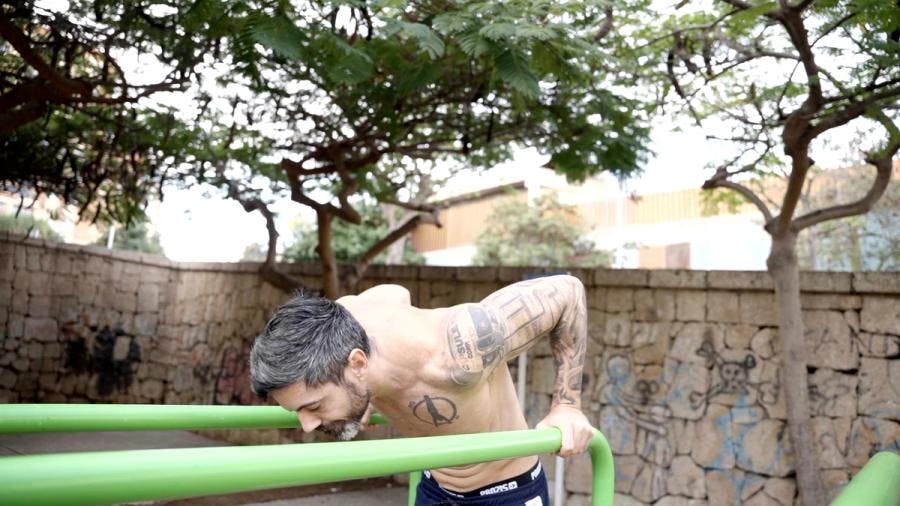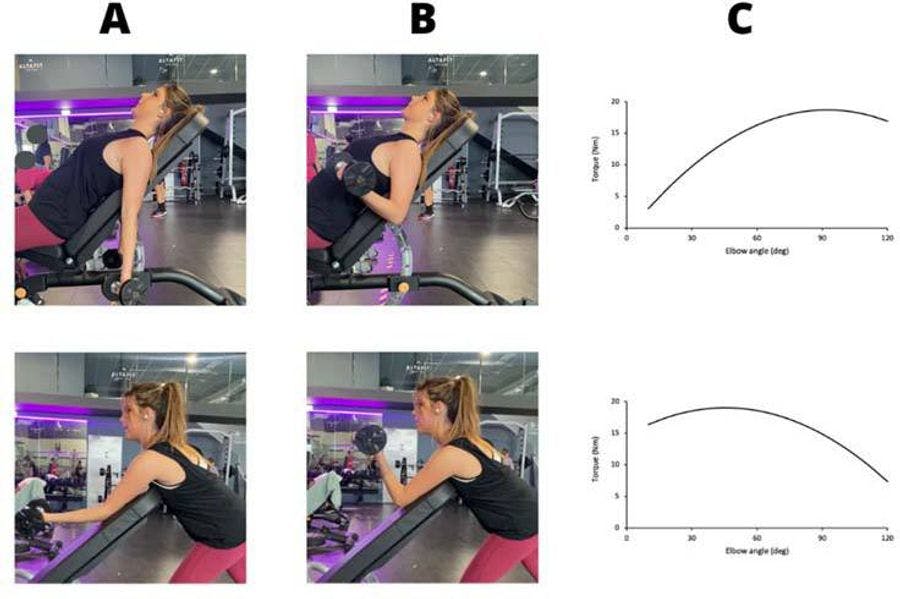How to modify your Calisthenics exercises to optimize them for muscle gains (Science explained)

After a few decades of scientific research regarding training and muscle mass gain, in which many efforts have been made and the focus has been placed on aspects that have later turned out to be not relevant, it seems that finally the evidence is converging on two key aspects that are proving clearly relevant and effective. (References at the end of the article)
What does this mean? That after much confusing research that did not seem to be entirely useful in practice, a mass of scientific studies are now being formed that show that there are two training patterns that give better results for muscle mass gain than the alternatives. What are these two guidelines? Let's see it:
First factor: What are your sets like?
First of all, we have the intensity of the sets, that is, how close you are to reaching failure in each set. The evidence converges in this sense and shows that reaching near failure results in greater muscle mass gain. I have already done an article talking in detail about this topic, but doing a quick summary I would tell you to try to reach more than 80% of your capacity in each set, so that in each set you notice that you are already quite close to muscle failure. You don't have to hit true failure every set, but you can use it sporadically to make sure you know what your real limits are.

You have to be aware that there has to be a certain suffering factor in the set, that you have to end it noticing that you are reaching your limit. If you want to see it from a positive and motivating perspective, think that there has to be a certain epic, a certain fury, a certain struggle in each set.
Second factor: Stretched muscles grow more
Now let's move on to the second factor, which is the one I wanted to show you in more detail in this article, the stretching factor of the target muscle during the repetitions.
You see, current evidence shows that exercises in which the target muscle is in a more stretched position are clearly superior for hypertrophy over exercises in which the muscle is in a more shortened position.

Be careful, do not get confused with what we know as stretching, I am not saying that you have to stretch the muscles you want to work.
What I am saying is that when faced with two variants of exercises to work a certain muscle, the one that reaches a position in which that muscle is more stretched, either because the positioning of the body allows for greater stretching, or because the angle, or because a greater range of motion is used, or simply because the position allows for greater mechanical tension in the part where it is stretched… the variant that reaches a position in which this muscle is more stretched will be clearly superior for muscle mass gain.
This has been proven in studies with biceps, calves, quadriceps, triceps and hamstring exercises. In all of them it has been seen that with variants in which the muscle reaches a greater stretch, greater hypertrophy is achieved. (References at the end of the article)

Uniting the two factors: exercises with partials on the streched range of motion
That's why in today's article I wanted to show you variants of calisthenics exercises in which we are going to achieve that greater stretch, and we are also going to use a high intensity technique that unifies these two factors that we have seen today: the intensity near failure and the muscle in stretch. We are going to use the technique of partial repetitions on the streched part of the movement.
What I suggest to you so that you get the best stimulus and the best results in hypertrophy based on science is the following: First of all, use a variant that achieves greater stretching, for example if you want to work your pectoral, use push-ups with an extended range, helping you with some grips or whatever you have on hand. Take the set very close to failure, to the point where it is difficult for you to perform a full repetition, and at that point, perform partial repetitions in the part where the pectoral is at its greatest stretch, until, again, you are very close to muscle failure.

This can be applied to any exercise, for example, for your lats and biceps, you can do it with chin-ups, since both muscles will be in a stretched position at the bottom of the movement. Get close to failure and then do partials-
For the triceps, a very good option are low bar, bench or similar extensions, since when your arms are above your body (what is known as shoulder flexion) you get a greater stretch of this muscle.

For the legs we can do it with Bulgarian squats, in which you can look for a much greater range of motion or even position yourself in elevation so that you can do an expanded range and are not limited by the ground.
Also in this modification of the step ups you can achieve a very wide range of movement and you can then do the partials in extension.

In conclusion, in any exercise that you like to work a certain muscle, you can look for a way to ensure greater stretching of that specific muscle and add extension partials at the end so that you ensure the two key factors of hypertrophy: the intensity near the failure and stretching work.
In Calisteniapp we have many of these exercises available, and in future updates we will add more, I also plan to add specific routines with extension partials so that you can carry out what is explained in this video without problem. Check it out!
I hope it has been helpful to you and that you get the most out of your training and I will see you in the next article.
References:
https://pubmed.ncbi.nlm.nih.gov/33009197/
https://pubmed.ncbi.nlm.nih.gov/35819335/
https://pubmed.ncbi.nlm.nih.gov/37559762/
https://pubmed.ncbi.nlm.nih.gov/37015016/
https://pubmed.ncbi.nlm.nih.gov/11194107/
https://journal.iusca.org/index.php/Journal/article/view/81
Autor

Yerai Alonso
Cofundador de Calisteniapp, referente en calistenia y el street workout en Español. Con más de una década de experiencia, es creador de uno de los canales de YouTube más influyentes del sector. Autor del libro La calle es tu gimnasio, campeón de Canarias y jurado en competiciones nacionales e internacionales.
Junte-se ao nosso boletim informativo
NOVOS ARTIGOS TODA SEMANA
Aprenda tudo o que precisa saber sobre calistenia
Calisteniapp
Comece a treinar calistenia e treino de rua
